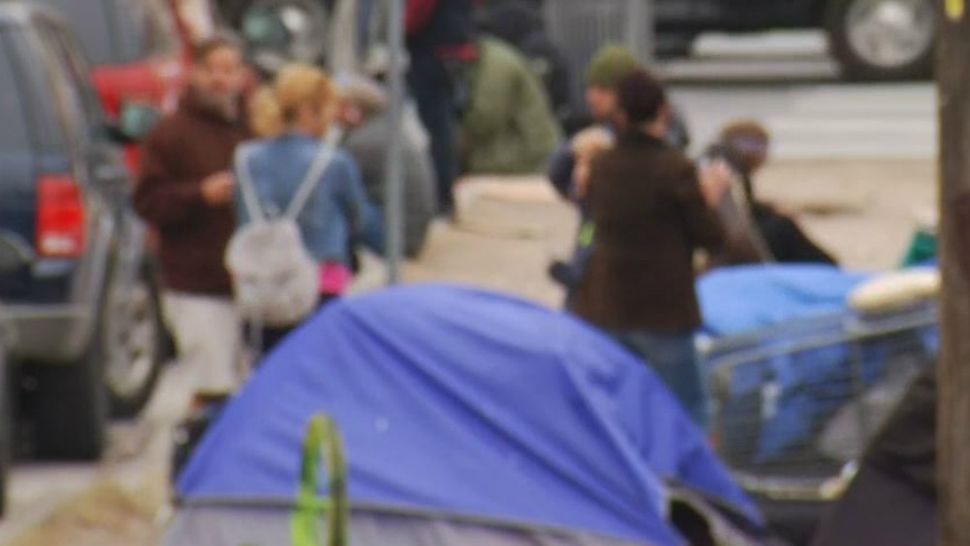AUSTIN, Texas -- Staff members at the City of Austin’s Homeless Strategy Office sent a memo to the City Council Friday recommending places where people should not be allowed to camp, sit, or lie.
- Memo suggests limits on homeless camping in areas with high pedestrian traffic and flood susceptibility
- Suggested median strips, median islands and intersections islands pose risk
The memo, which comes months after council members voted to relax rules on camping, focuses on setting limitations in areas where there is high pedestrian traffic, high vehicular traffic, and high flood risk.
“Individuals experiencing homelessness are living/sleeping outside and are occupying spaces that are not safe for themselves and will place their possessions in areas that then create unsafe conditions for themselves and the public,” the memo said.
In May, City Council voted to create new parking guidelines for e-scooters and other micro-mobility devices on sidewalks and roadways to allow for three feet of clearance. The memo went to say that similar to how e-scooters can block pedestrian traffic, the belongings of those experiencing homelessness can do so, too. Staff recommends the criteria for banning camping on high pedestrian traffic areas be based on those parking restrictions for e-scooters.
Staff members note while there have been improvements made to allow people to walk safely in high traffic areas, there are still health risks if people camp there. In addition to mentioning how air pollutants from cars can cause illness, staff said those living on the streets are at a higher risk for traffic fatalities.
“A key reason for this is the exposure risk present when someone is nearby or in-between moving vehicles for long periods of time, and areas adjacent to higher speed roadways are particularly dangerous,” the memo said.
HSO staff wrote how “median strips, median islands, and intersection islands” pose the greatest risk and “larger, flat areas with some underpass infrastructure with significant buffer distances from moving traffic” are relatively safer.
In December 2018, Watershed Protection Department officials expressed concerns about people living and camping in flood-prone areas like culverts and under bridges where flash flooding often occurs. Staff recommend banning camping within the regulatory floodplain.
“Homelessness is a complex issue that requires a variety of solutions working in concert with one another,” staff members wrote. “The HSO is dedicated to working with partner organizations to put systems and infrastructure in place so that homelessness is rare, brief, and non-recurring.”



